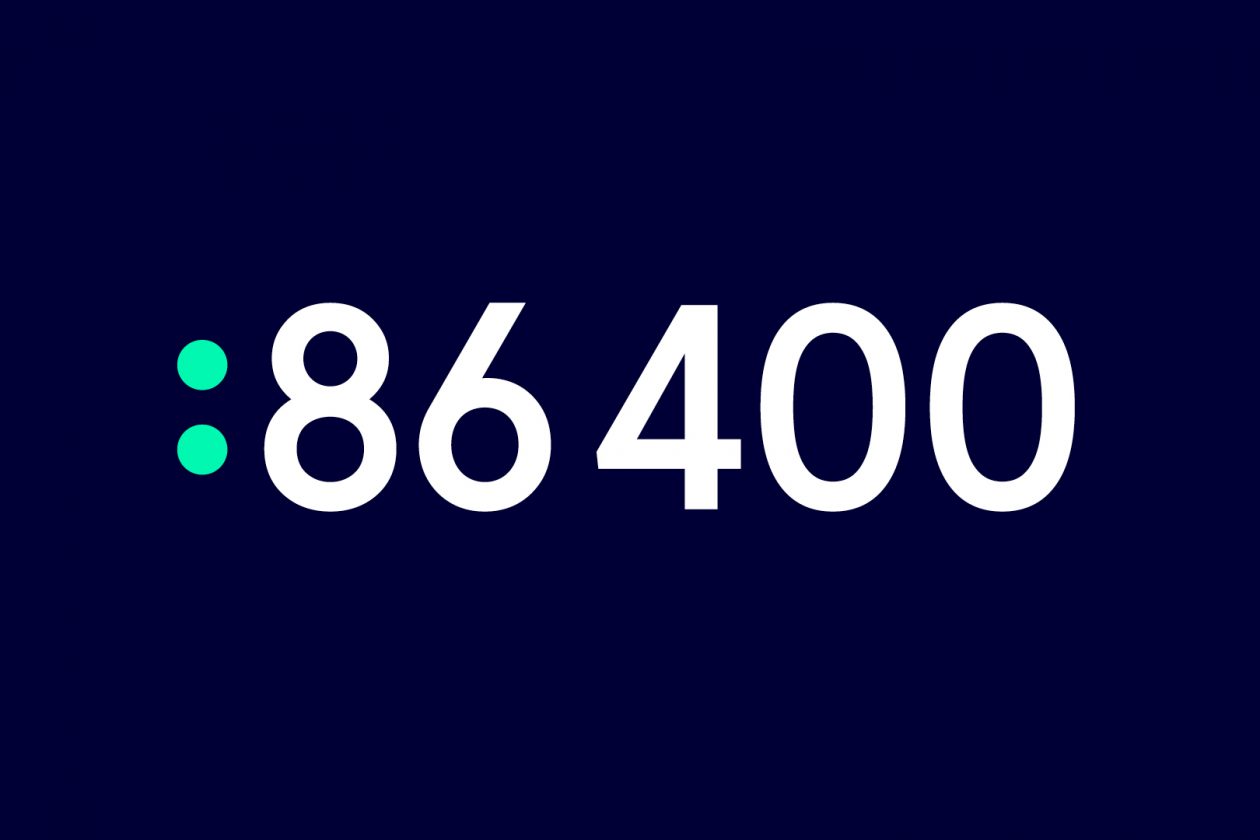
Australia just got a new digital bank called 86 400 and its chair has a history of taking on the big end of town
via Business Insider Australia
-
A new set of digital banks are arriving in Australia to compete with the big four — NAB, ANZ, Westpac and the Commonwealth Bank — with a new one approved to operate on Thursday.
-
86 400 — named for the number of seconds in a day — has now been authorised to accept deposits, and promises to be in operation later this year.
-
Anthony Thomson, the chair of 86 400, has a history of founding successful challenger banks, including Metro Bank, which was the UK’s first new high street bank in over 150 years.
-
Competitors Xinja, Digital banks Volt and Judo have already arrived in Australia and are at different stages of approval.
When it comes to banking, Australians have had few options outside of the big four group of ANZ, NAB, Westpac and the Commonwealth Bank.
That’s now starting to change as a whole host of digital banks — also known as neobanks — arrive in Australia. But just turning up is only half the battle. To provide banking services in Australia you need the approval of the regulator, APRA, and that is easier said than done.
So far, neobanks Xinja, Volt, and Judo have entered the market and are at various stage of approval.
On Thursday, 86 400, cleared its first major hurdle, receiving its licence to operate as an authorised deposit-taking institution (ADI). That means it can accept an unlimited number of deposits when it launches its transactions and savings accounts later this year. It has plans to move into mortgages further down the track, subject to further licensing.
“For the last two years, we’ve been busy building a smarter alternative to how Australians bank. Today’s news confirms we’ve passed all of the necessary checks and balances required to call ourselves a bank,” CEO Robert Bell said in a release announcing the news.
“This has been an incredibly thorough process and we’ve had every element of our business stress-tested to confirm that we are as robust, secure and safe as any bricks-and-mortar bank. The only thing remaining is to bring 86 400 to market, which we’re now very close to doing.”
With no physical branches, digital banks promise to allow Australians to bank entirely through their phones, meaning they could be smarter, cheaper to run and easier to use.
“Smart tech is everywhere: smartphones, smart cars and even smart homes. They exist to make our lives easier and more convenient. But when it comes to managing our finances, these same benefits haven’t been available to us until now. Designed for smartphones, our smartbank will help people take control of their money, offering far more than they’d expect from a bank,” chair Anthony Thomson said.
“With the latest technology, a simpler operating structure and streamlined systems and processes, we’ll be able to make savings that are passed on to our customers, and better returns for our investors.
Those elements should help the new banks find a customer base, particularly in the aftermath of the financial services royal commission which helped expose the bad behaviour of the incumbents.
Disrupting the dominance of historic banks is something of a past-time for Thomson.
He co-founded the first new high-street bank in the United Kingdom in 150 years when he opened Metro Bank. Less than a decade later, it boasted $400 million in revenue.
Interestingly enough, just three years ago the other co-founder Vernon Hill called app-based banks “all hype”. Those comments were perhaps a little awkward since by that stage Thomson had already left to start Atom, a digital bank in the UK similar to 86 400. In its first two years, it amassed more than £900 million in deposits.
Just as Atom was one of the first neobanks in the UK to find traction, Thomson now hopes to have the same success in Australia with 86 400.





